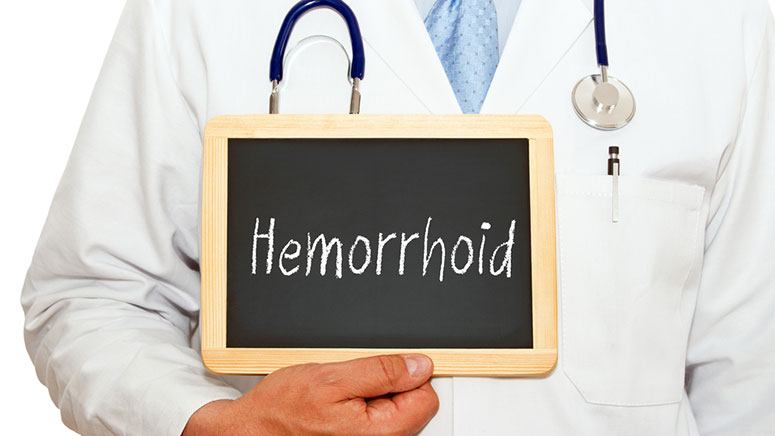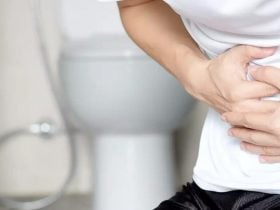Overview

Hemorrhoid, also known as piles is when there’s a swelling or inflammation of the veins in the rectum and anus, causing discomfort and bleeding. This condition is usually caused by straining during bowel movements, obesity, or pregnancy.
It is typically self-diagnosable with common symptoms of discomfort, especially when defecating or sitting. It can also cause itching around the anus and bleeding.
Hemorrhoids can be treated at home and with natural remedies [1], including high-fiber diets. There are over-counter-medication drugs for piles known as stool softeners. In a few cases, it may require medical procedures to remove hemorrhoids before the patient can feel relieved.
Like most health conditions, aged people ate at a higher risk of developing hemorrhoids compared to younger persons. As the body ages, the veins and tissues tend to degenerate, including the ones surrounding the anus and in the rectum. Bowel movements may over time cause the wearing and tearing of these tissues, and may eventually cause them to weaken. Pregnant women are also at risk of getting piles due to the weight of the fetus pressing against the end of the gastrointestinal tract.
The signs and symptoms of this condition are dependent on the type of hemorrhoid. The two general types are external and internal hemorrhoids. External hemorrhoids can be seen physically under the skin around the anus. Internal hemorrhoids lie inside the rectum, so they can’t be seen or touched. The symptoms of the latter are usually less severe than the former, and internal hemorrhoids rarely cause any discomfort.
Signs and symptoms might include:













